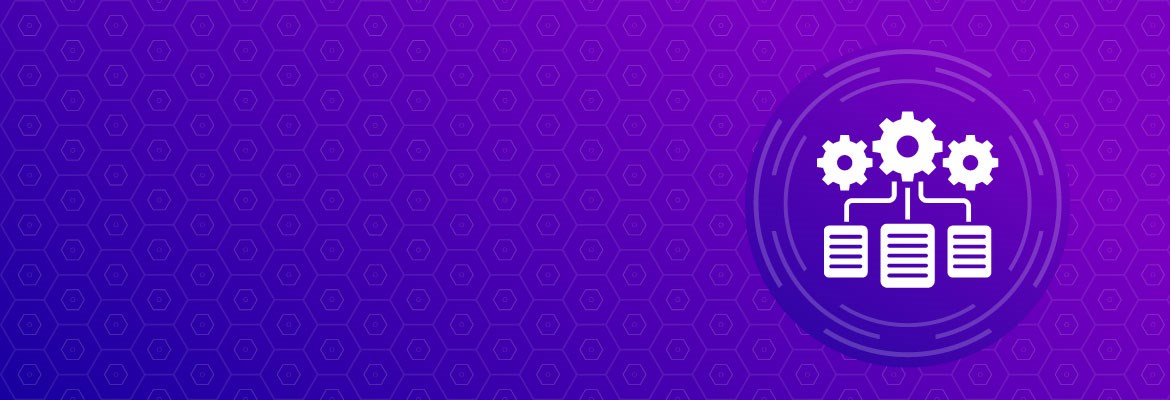If you are a Microsoft Power BI developer struggling with multiple integrations to combine data sources in Power BI, you are not alone.
In a perfect world, Power BI developers would focus on building data models and creating dashboards that effectively support the business’s analytics needs and convey insight. Data engineers would manage the ETL (Extract, Transform, and Load) tasks. But, especially within smaller organisations, Power BI developers often wear both hats and can be responsible for the whole data journey from the ETL process to the visualisations.
Where the data sources and transformations are simple and small, Power BI can easily handle the entire ETL process. However, as the complexities of the data sources and transformations increase and data volume grows, you may hit some limitations when using the Power BI Desktop and Power BI Service alone.
This blog explores some common challenges Power BI developers face when working with data from multiple sources and shares strategies to help streamline the extraction, transformation, and storage of data. These approaches can significantly improve the efficiency, accuracy, and scalability of your Power BI reporting workflows.
What are some common challenges of extracting and integrating data from multiple sources into Power BI?
As a Power BI developer tasked with the ETL process, you may be encountering some of the following issues:
Manual data handling in Excel – Many developers rely on downloading CSV or Excel files from business systems, manually cleansing and merging data in Excel before importing into Power BI. This process is not only time-consuming and repetitive but also prone to errors and version control issues.
Data format inconsistencies – Different systems use varying data formats, column names, and data types, requiring extensive cleansing to achieve consistency.
Cloud-based data sources – As operational systems become increasingly cloud-based, data extraction using APIs is common and often requires advanced authentication and extraction techniques.
Complex data transformations – Cleansing and standardising the data may involve numerous manual steps, making the process inefficient and error-prone.
Performance issues with large datasets – Handling large volumes of data can lead to slow query performance and performance issues.
These challenges may result in data inconsistencies, transformation errors, and version control difficulties. Worse, these manual processes must be repeated every time data needs updating, making it very tedious and time-consuming. Additionally, relying on manual data handling increases the risk of security vulnerabilities and compliance risks.
Efficient strategies to combine multiple data sources in Power BI
There are several strategies to consider to resolve the issues discussed above.
Leveraging advanced data cleansing and standardisation tools
For the Power BI developer, the Power Query functionality within Power BI Desktop can address several of the data extraction and transformation problems mentioned above, especially with automating manual processes and simple data transformations. However, when connecting Power BI directly to the data sources, you may hit some limitations when the process involves complex transformations, unstructured data, or large data sets. For example, if your data sources are from cloud-based systems and you add complex transformations, you may notice a significant decrease in performance as the dataset size increases.
Shifting heavy data transformation processes outside of Power BI
Advanced ETL and data transformation tools offer extensive extraction and transformation capabilities. Using these tools outside of Power BI can reduce report refresh times and improve performance, especially with large datasets. Examples of such tools include Azure Data Factory, Azure Synapse, and Databricks. However, as a Power BI developer, you may find these tools challenging to configure and implement, especially since they often require data engineering expertise that may fall outside the usual scope of Power BI development. As an example, many cloud systems use APIs with complex paging and load parameters that are beyond the standard Power BI connector functionality.
Implementing a data warehouse or a data lake
Organisations often implement a data warehouse or data lake when they have complex data requirements and need a secure, enterprise-ready solution for storing their data. These systems are designed to handle large volumes of diverse data from multiple sources, providing a centralised repository that supports advanced analytics and reporting. Data warehouses and data lakes also offer robust security features to protect sensitive information. They are scalable to accommodate growing data needs, making them ideal for organisations looking to leverage data for strategic decision-making and operational efficiency.
Implementing a data warehouse or data lake often involves specialised expertise that fall outside typical Power BI workflows and may require knowledge in database management and programming, making them difficult to implement and maintain without significant technical support or training.
How Microsoft Fabric helps optimise data access and insight within Power BI
What is Microsoft Fabric?
In May 2023, Microsoft launched Microsoft Fabric, a comprehensive analytics platform designed to unify data management, engineering, and business intelligence in a single SaaS environment. Power BI remains at the heart of Fabric, serving as the primary tool for business intelligence and data visualisation. This integration means Power BI developers now operate within a broader, more capable ecosystem, where the familiar Power BI interface is enhanced by Fabric’s advanced data management, real-time analytics, and collaboration features. The result is a seamless experience for both business users and technical data professionals, who can access, analyse, and visualise data through one unified interface.
OneLake – Simplified Data Lake Storage
A significant advantage for Power BI developers is the ability to build enterprise-grade data solutions without needing deep expertise in traditional data warehousing or engineering. Fabric streamlines the setup and management of data warehouses and data lakes, allowing non-technical users to create and manage data stores with just a few clicks. The platform’s central data repository, OneLake, ensures that data is easily accessible by Power BI, Excel, and other analytics tools, while also promoting governed data sharing and minimising duplication.
Advanced ETL & Scalability
Fabric also addresses common ETL (Extract, Transform, Load) challenges by providing intuitive data cleansing, transformation, and standardisation tools. Power BI developers can leverage their existing Power Query skills to create scalable dataflows (Gen2) directly within Fabric, extracting and transforming data before saving it to OneLake. This capability supports more complex and larger-scale data transformations than Power BI Desktop alone, and Fabric’s capacity-based pricing allows organisations to scale resources as needed for heavier workloads.
Additionally, Fabric introduces several non-technical features to further simplify data ingestion and transformation. Tools like Copy Jobs provide wizard-driven data ingestion for batch and incremental processes, while Database Mirroring enables near real-time replication of database tables to OneLake. The Visual Query Editor also offers a no-code interface for building complex transformations. Where organisations have more advanced requirements, Fabric supports code-based workloads for SQL and Spark developers. These features empower Power BI developers to shift heavy data transformation processes outside of Power BI, making the overall workflow more efficient and scalable.

Figure 1: Fabric tools that simplify data ingestion and transformation
Fabric as the next step for Power BI developers
Microsoft Fabric transforms the Power BI development experience by embedding it within a unified, enterprise-ready analytics platform. Power BI developers benefit from simplified data management, scalable ETL processes, and enhanced collaboration, all within a familiar interface. The integration with Fabric not only reduces technical barriers but also unlocks new possibilities for delivering actionable insights across organisations, making it a compelling evolution for anyone invested in Power BI and modern data analytics.
The diagram below illustrates a comparison of common challenges before and after adopting Microsoft Fabric.

Figure 2: Comparison of analytics workflows before and after adopting Microsoft Fabric.
If you're looking to take your Power BI capabilities to the next step with Microsoft Fabric, join us for part one in our webinar series about how to Unlock the next level of Power BI with Fabric. The webinar explains with real-life experiences and demos how Microsoft Fabric can help your organisation unify all analytics data into a single, governed source, automate data extraction from multiple cloud systems without needing deep technical skills, and streamline data transformation and cleansing with powerful, flexible tools.
We look forward to seeing you there.








